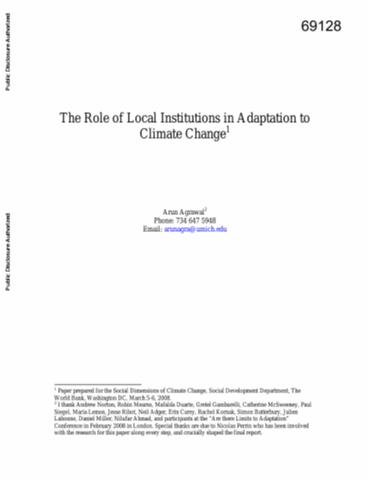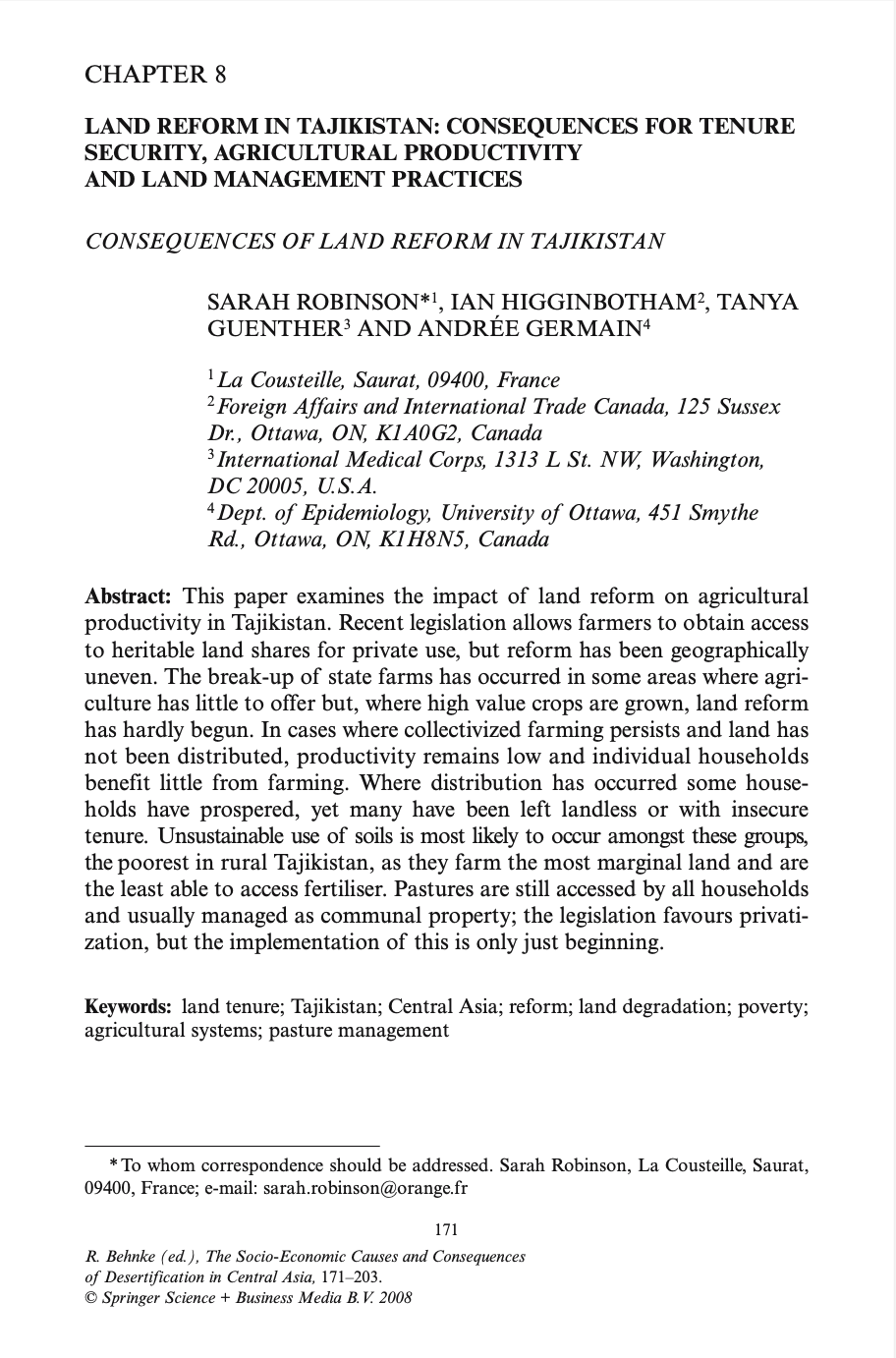Perception de la Dégradation des Terres et Adoption des Technologies de Conservation des Eaux et des Sols au Nord du Burkina Faso : le cas du Zaï et des Cordons Pierreux
This study is based on data collected from 141 family-type farms in the Yatenga province in Burkina Faso. A probit approach is used to analyze the effect of perception of land degradation and other factors on the adoption of zaï and stone rows. The results of the estimation show that the availability of organic matter from small ruminants is determinant for the adoption of both zaï and stone rows. Although most of farmers are aware of the causes and consequences of land degradation, this factor does not significantly impact on farmers’ decision to invest in SWC measures.







